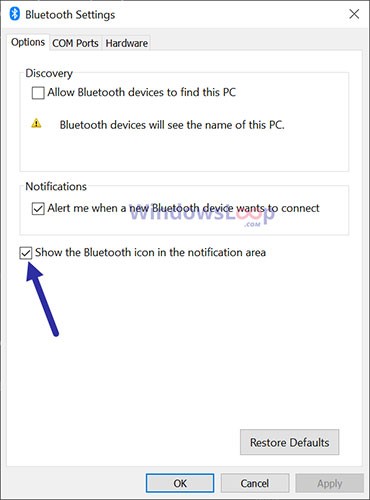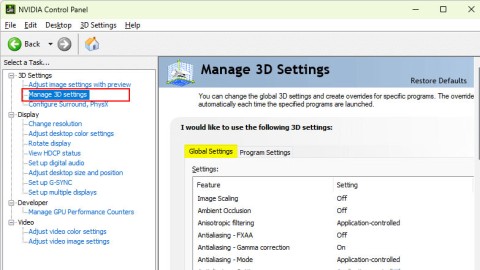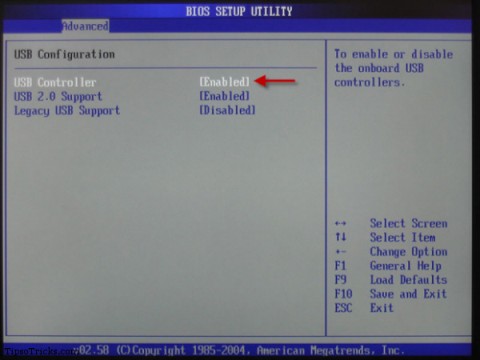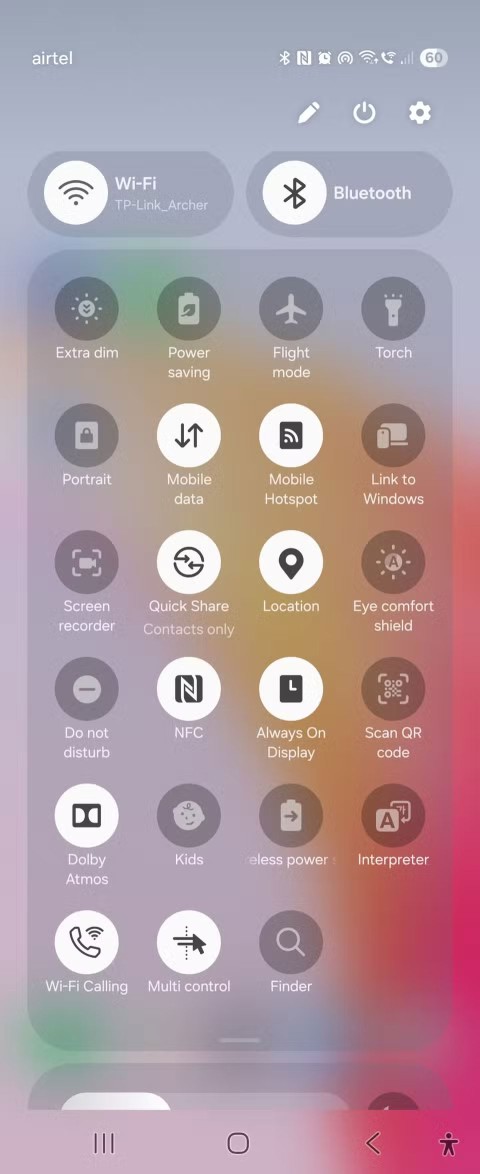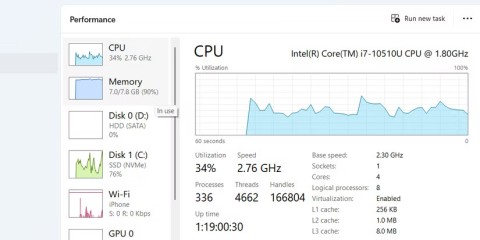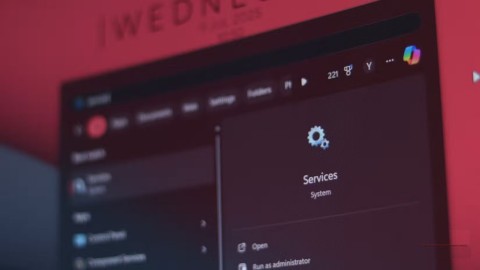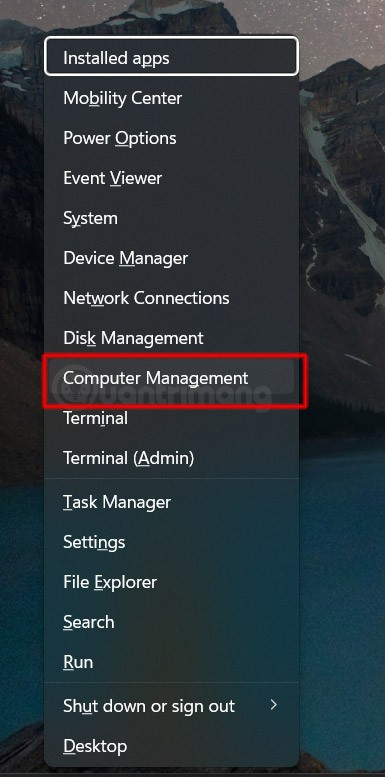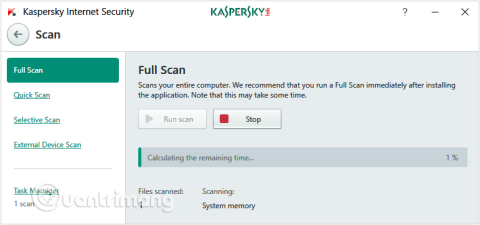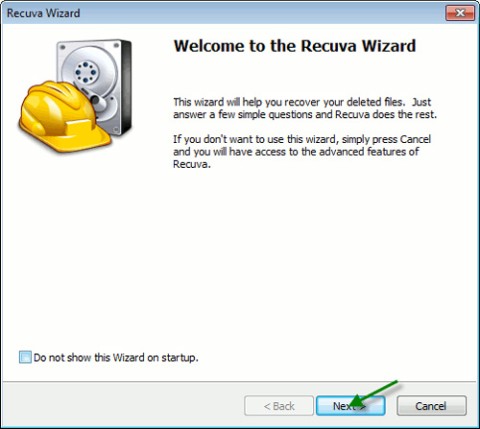Turn off these 7 Windows services to extend battery life!
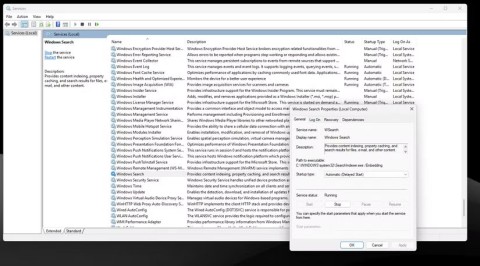
Turning off a few of these services can save you a significant amount of battery life without affecting your daily usage.
Do you know how long you have been using your computer since you turned it on? To know the time you have turned on your computer or exactly how long you have been using your computer, Windows has a tool to check how long you have been using your computer since it started. Then you can control the time you use your computer, especially if you have children, in addition to scheduling a shutdown of your Windows computer . The system will calculate the exact time you have been using your computer since you turned it on. The following article will guide you on how to check your computer's uptime.
Method 1: View computer uptime using Task Manager
Step 1:
We right-click on the Taskbar and select Task Manager in the displayed list.
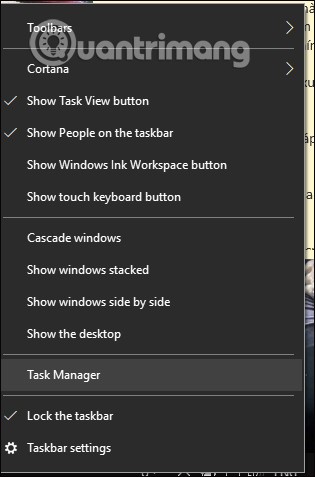
Step 2:
Switch to the new interface, we click on the Performance tab . Next, you look down at the new interface under the Up Time section to know how long the computer has been running. On Windows 7 and Windows 8, we also open Task Manager to see how long the computer has been running in the Up Time section.

Method 2: View computer usage time via PowerShell
We enter the keyword powershell in the search bar, then right-click on the search result and select open as Admin .
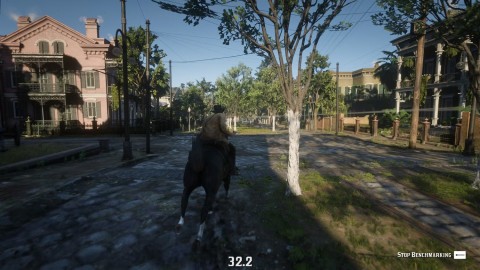
Now enter the command into the interface and press Enter.
((get-date) - (gcim Win32_OperatingSystem).LastBootUptime).ToString('g')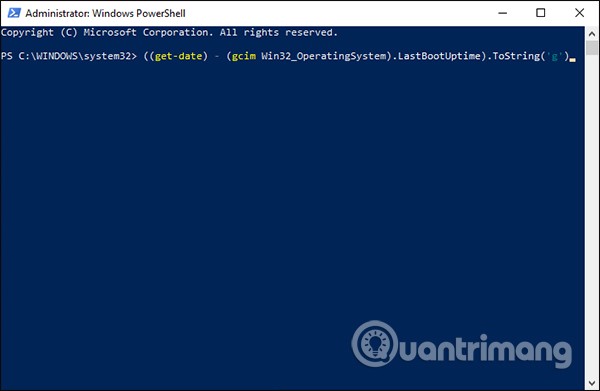
The results also show how long we use the computer.
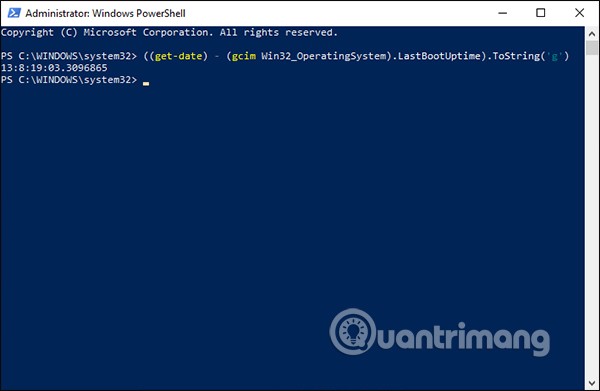
Method 3: Check with Command Prompt
Using System Information
Press the Windows + R key combination and type cmd to open the Command Prompt interface . Then in the interface we enter the command as below and press Enter to execute the command.
systeminfo | find /i "Boot Time"The result now displays the time your computer was last turned on, including date, month, year, hour, minute, and second.
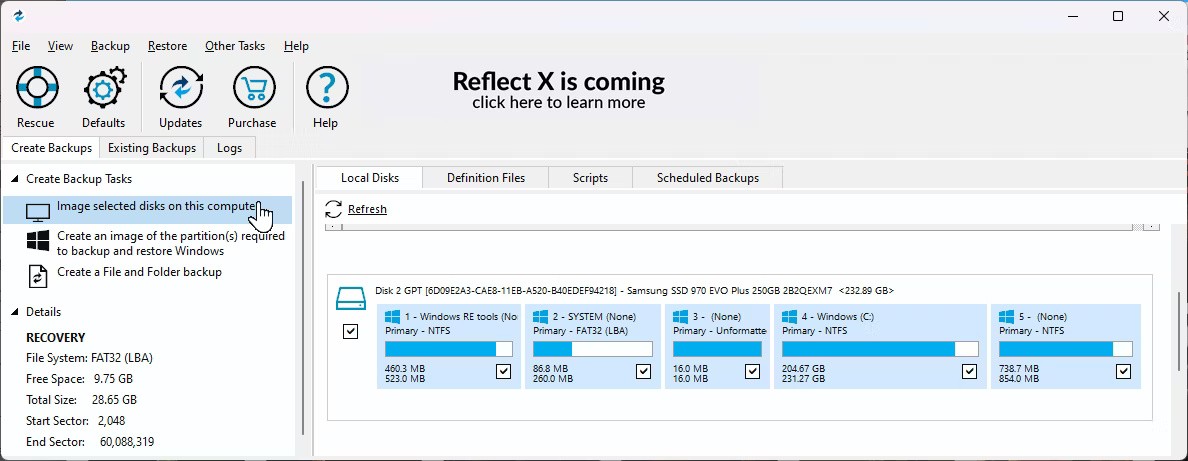
Using the System Information tool , you can quickly find out information about the last time your system rebooted in an easy-to-read format. Additionally, like the wmic command, you can subtract the last boot time from the current time to determine the number of days, hours, and minutes the device has been running.
Using WMIC
To check your computer's uptime using Command Prompt, follow these steps:
1. Open Start.
2. Search for Command Prompt , right-click on the top result and select Run as administrator option to open Command Prompt with admin rights .
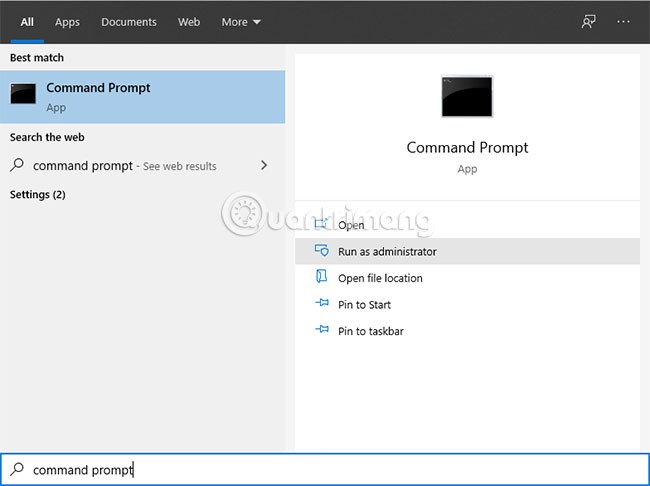
3. Type the following command to query the device's last boot time and press Enter :
wmic path Win32_OperatingSystem get LastBootUpTime
After completing these steps, you will notice a result that may look scary, but it is not difficult to “decode” this information and help you know the operating time of the device.
For example: LastBootUpTime 20210507112440.816935+420 can be broken down using the information below.
This means that the computer has been up and running since May 7, 2021, at 11:24 a.m. If you want to be more specific, you can simply subtract the last boot time from the current time to deduce the number of days, hours, and minutes the device has been running.
Method 4: Check with Control Panel
Another easy way to determine system uptime is to check the network adapter status using the following steps:
1. Open Start .
2. Search for Control Panel and click the top result to open the tool.
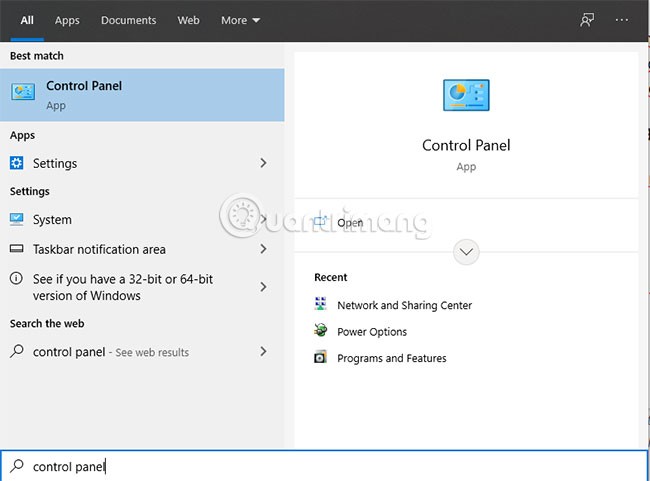
3. Click Network and Sharing Center .
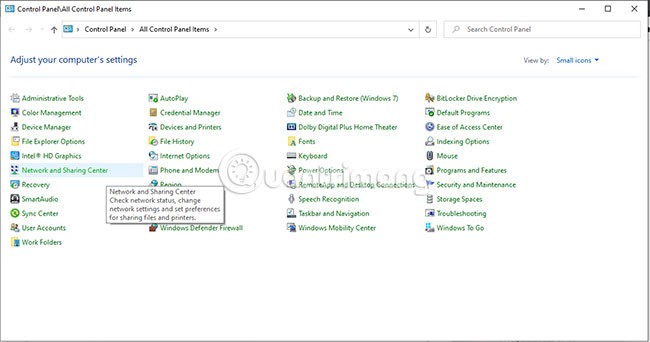
4. Click on Change adapter settings option on the left panel.
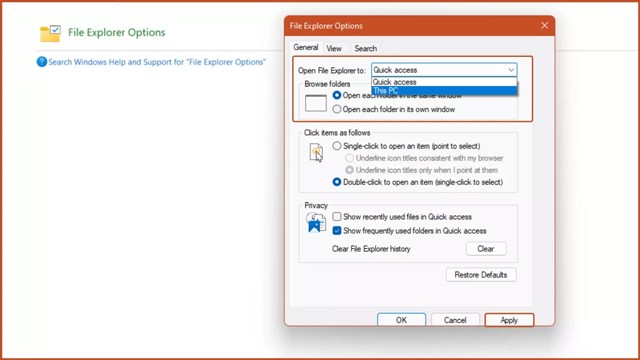
5. Double-click the network adapter that is connected to the Internet.

Once you've completed the steps, you can deduce your computer's uptime using the "Duration" information , which indicates the uptime from the network connection, resetting each time the device boots. (Of course, these methods work as long as you haven't reset your network connection since the last time you booted the device.)
Method 5: Check uptime using Settings
Get a detailed report of your PC's battery usage through the Settings app. You'll be able to check screen-on time, screen-off time, and sleep time.
1. Click the Start menu at the bottom of your screen and select the Settings icon.

2. Click “Power & battery“ under the System tab if you are using Windows 11. You will find a similar option on some versions of Windows 10 under “Settings > System > Battery” .

3. In the section titled “Battery” , click on the “Battery Usage” option .
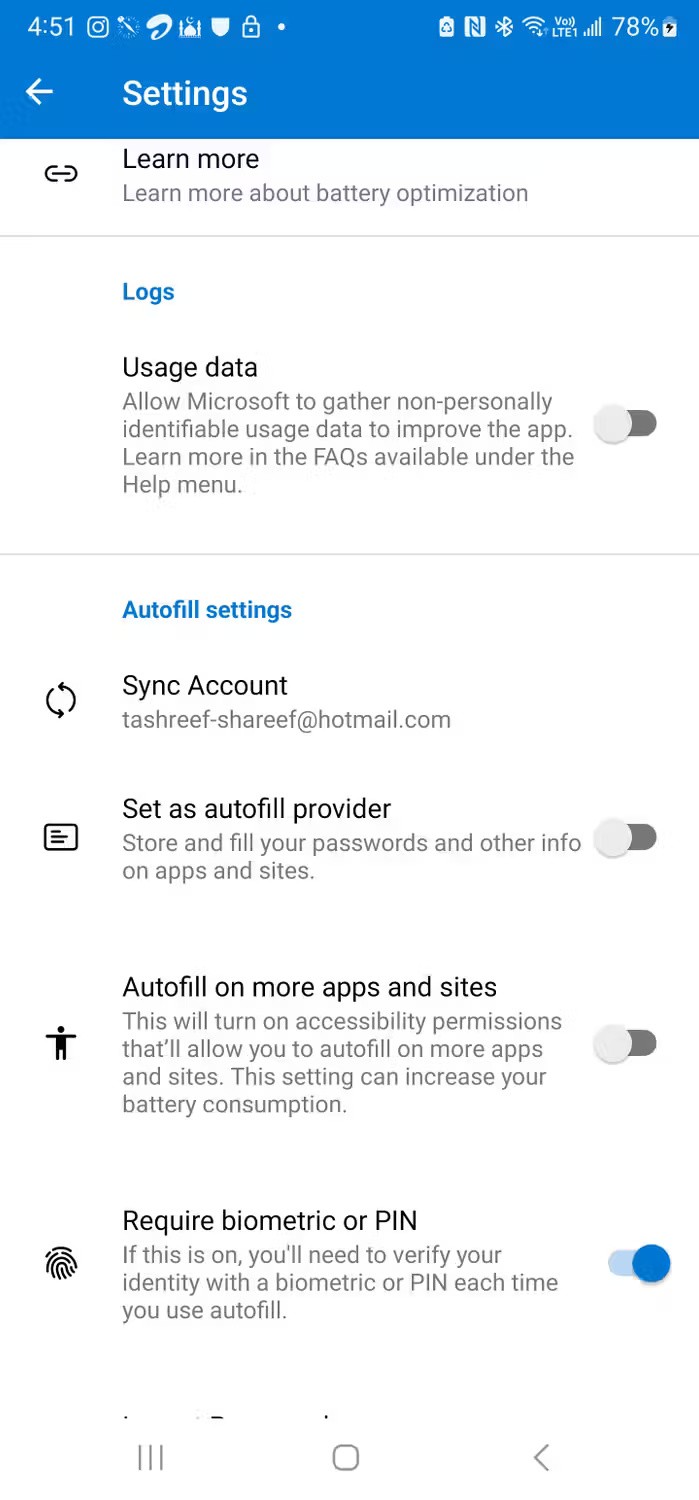
4. Click on the drop-down box above the "Battery levels" graph and select the "Last 7 days" option .
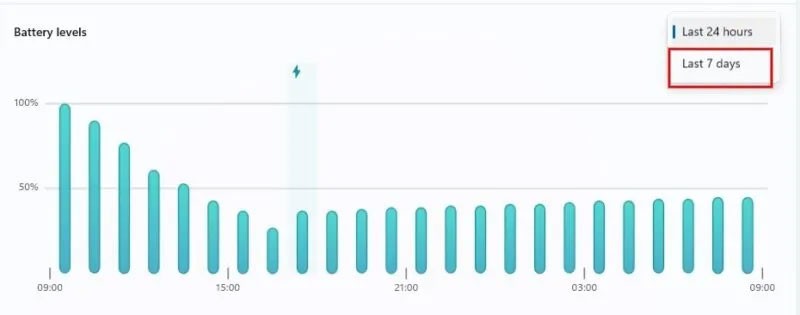
5. By default, you will see the daily average of “Screen on/off” time and “Sleep” time below the graph.

6. By clicking on any day shown on the chart, you can view the “Screen on/off” time and “Sleep” time for that particular day.

Method 6: Check uptime using the network settings menu
You can also check your device usage time by accessing the Network Connection menu on your Windows computer.
1. Launch Control Panel on your Windows computer.
2. Click View Network status and tasks under the Network and Internet heading .
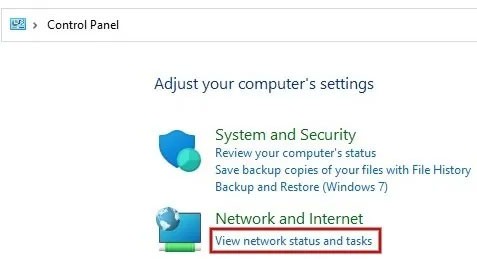
3. Under the View your active networks heading , click the WiFi link, followed by the name of your Internet network.
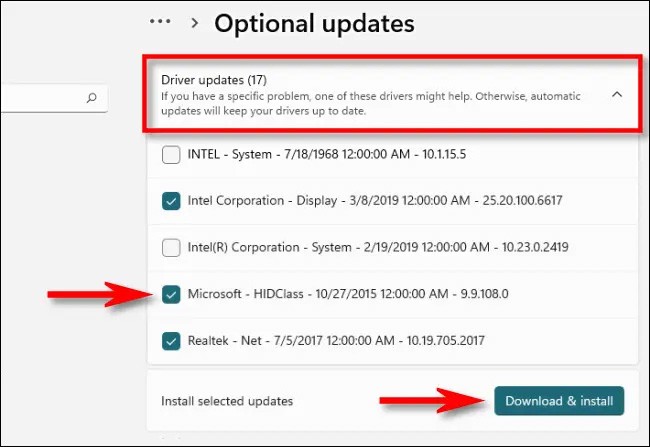
4. Find the value of the Duration field to check the screen usage time since the last boot.
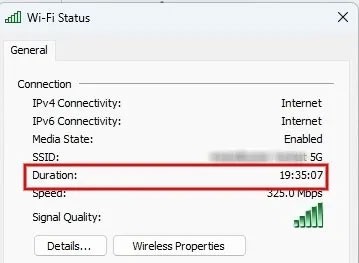
Method 7: Check the uptime on your child's device
If you want to know how much time your child (or other account) spends on the computer, set up a Microsoft Family Safety account, then invite other accounts you want to monitor.
Easily see screen time by clicking on your child's name or the name of someone in a group. You can also limit their screen time from the Family Safety page.
Method 8: Check uptime via third-party app
All of the methods listed above will help you track the approximate amount of screen time you spend on your computer. However, if you need to calculate the exact amount of time you spend working for a specific purpose, you will need to use third-party time tracking software.
Clockify is a free web-based tool for Windows that helps you track your hours on projects. You'll have to remember to start the timer when you start a work session and stop it when you take a break or end the day.
If that's not what you need, check out other time tracking app alternatives, such as Harvest , Hubstaff , and Timely .
See also:
Turning off a few of these services can save you a significant amount of battery life without affecting your daily usage.
From performance monitoring to quick system tweaking, these built-in utilities are as useful as ever.
Error code 0x80004005 is a type of unknown Windows error, whose cause is related to a number of different issues.
If you can't find the Bluetooth icon on the taskbar, follow the steps below to show the missing Bluetooth icon on Taskbar in Windows 10.
Clearing the NVIDIA Shader Cache will reset the system, forcing it to rebuild with new data. Here are instructions for clearing the NVIDIA Shader Cache.
Unlocking USB ports in BIOS is not difficult. However, how to lock computer USB ports? Let's find out with Quantrimang.com!
Being blocked online can be frustrating, whether it's a forum lockout, a game ban, or a temporary IP restriction. The good news is that you don't always need a VPN to get around these restrictions.
When your computer crashes, seeing how everything is running can help you troubleshoot. And when everything is working, this information can also help you optimize your system.
Windows laptops aren't known for their battery life, at least not without some tweaking. But these tips will help your laptop last all day without having to find a power outlet.
Windows 10/11 includes a hidden Administrator account that you can use to manage all the important data on your computer. Let's see how to enable or disable the built-in Administrator account on Windows 10/11!
System Service Exception or SYSTEM_SERVICE_EXCEPTION is one of the BSOD errors (blue screen of death errors). System Service Exceptions errors occur quite commonly and continuously.
In the following article, we will present the basic operations to recover deleted data in Windows 7 with the support tool Recuva Portable. With Recuva Portable, you can store it in any convenient USB, and use it whenever needed. The tool is compact, simple, easy to use with some of the following features:
CCleaner scans for duplicate files in just a few minutes, then lets you decide which ones are safe to delete.
Windows doesn't come with security set up by default, which means there are some default settings you need to change.
USB devices have become indispensable in everyday life, allowing us to connect a wide variety of essential hardware to our PCs.


